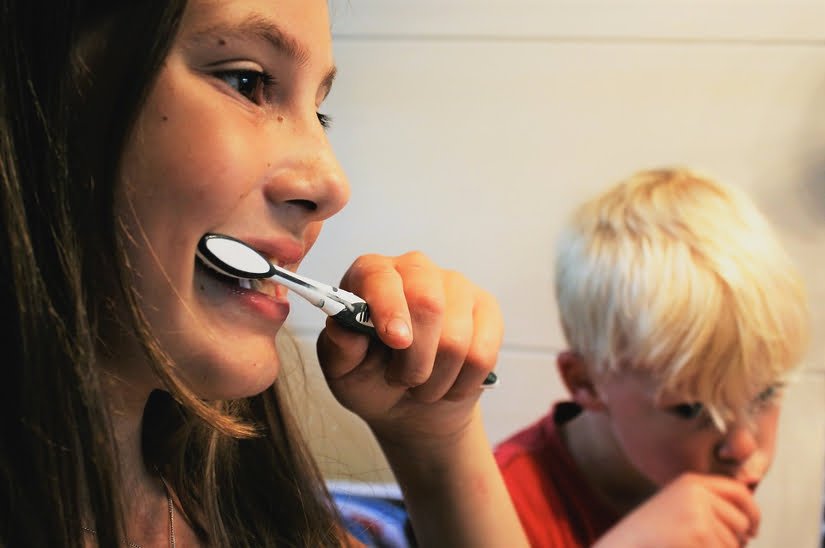Professionals responsible for our oral health daily handle technicalities that turn out to be strange for patients. Nevertheless, there are some terms that even common people use. Some of these words that are familiar to us are bacterial plaque and dental calculus (vulgarly known as “tartar”), but they are probably used without having a full knowledge of what they exactly mean.
Bacterial plaque
Bacterial plaque is a sticky colorless layer that appears constantly on the teeth and the gum line. We say constantly because plaque begins to develop itself at the same time we start eating something. At that moment, food particles, sugars and saliva mix and create this composed full of bacteria. It is the main cause of tooth decay and it case it is not removed, it can produce other type of problems to our dental health.
Dental calculus
Simply stated, dental calculus is the calcified bacterial plaque adhered to the teeth enamel and below the line of the gums which cannot be removed with a common toothbrush. In other words, it is a not removed old plaque that can only be treated by a dentist and which has nothing to do with “saliva’s quality”. Calculus, in contrast to the bacterial plaque, is yellow-colored, making it more visible. As time goes by it hardens more and more, increasing the bacteria level as well as the risk of damaging our mouth.
Consequences and prevention

As we have said, the plaque can cause caries. Furthermore, if the bacterial plaque and dental calculus are not correctly removed, they can irritate your gums and lead to a condition called gingivitis (swollen, bleeding and red gums). If we do not take step to deal with this problem, gingivitis can derive into periodontitis (teeth supporting tissues’ disease), even sometimes producing a tooth loss.
Thus, if we do not want to face serious oral health problems, we should and we must take some simple preventive measures:
- Clean your teeth after every meal for at least two minutes.
- Floss, at least once at night, to clear the food debris that cannot be removed with a common toothbrush.
- Reduce the quantity of sugar.
- Visit your dentist at least once a year to do a professional and deep cleaning. In fact, even if we brush our teeth a lot and in a good way, there will always be some areas that can only be cleaned and treated by a professional.



